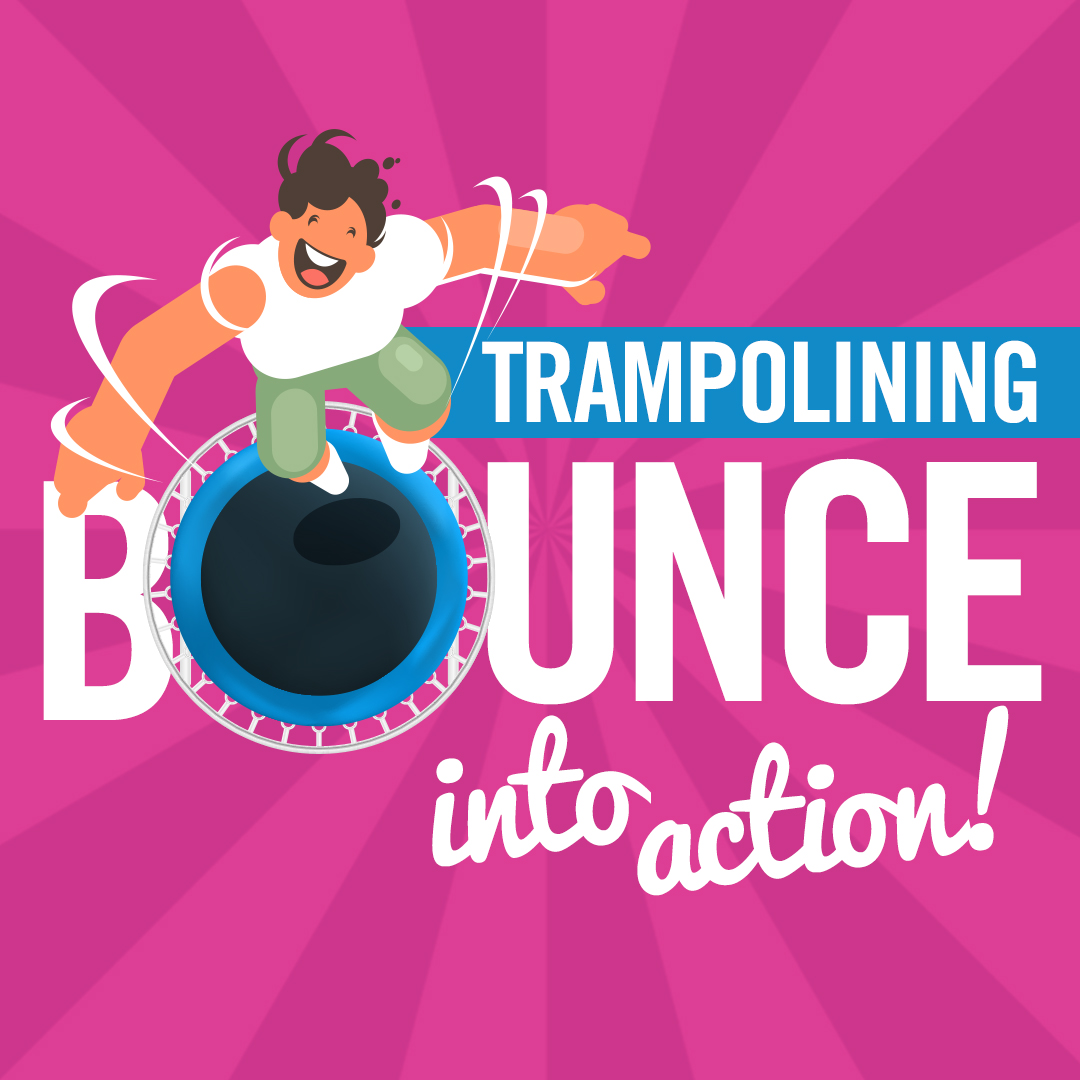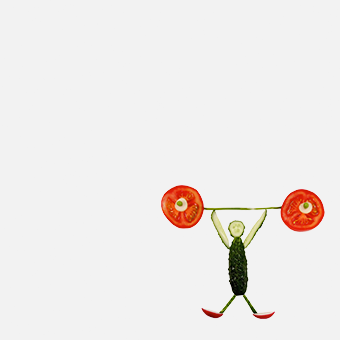For most of us, it probably summons up shrieking kids in suburban backyards, squealing as they get airborne. But check your prejudice. Trampolining is not just hours of bouncy, gravity-defying fun. At best it’s serious gymnastics – as well as being an Olympic sport. And the health benefits even for squealing backyarders can be impressive.
Springboard
Despite their popularity, trampolines haven’t been around that long. In the early thirties, a young Iowan gymnast called George Nissen got fascinated by the way high-wire circus acrobats bounced off the safety nets at the end of their routines. He figured if he could get that much bounce into gymnastics, the sport would be transformed. After a deal of fiddling, he used inner tubes to attach some strong canvas to a frame and the trampoline was born. (The name comes from the Spanish word trampolin – springboard.) Originally used to train astronauts, trampolining rapidly mainstreamed.
Olympic
Fast-forward sixty-six years to the 2000 Sydney Olympics and trampolining is a fully-fledged Olympic sport. Fair to say the rules are a bit tricky, but the gist of competitive trampolining is shape-making. Athletes need to build routines from a combination of 10 hits on the trampoline – throwing twists, shapes and rotations and landing on their feet, bum, back or front – though they must start and finish standing up. The more complex and challenging the routine, the higher the score. Elite athletes will jump up to 30 feet in the air – and can put in up to eight hours of training a day. Nor is it just about jumping power: grace in the air matters – which is why Olympic trampoliners get into yoga and Pilates.
Health benefits
Although few of us are likely to jump to Olympic heights, even a relatively short spell on a trampoline can deliver a host of health benefits. According to NASA – and they should know – trampolining is 68 per cent more efficient than jogging.
Researchers and sports experts rate trampolining – or rebounding – as a moderate-to-vigorous intensity exercise – like cycling, football or basketball. Yet many trampoliners say it feels easier than that – light to moderate. And that may just be because gravity is on your side. Trampolining could be one of those sports where the gain comes with a lot less pain. So, what are the health benefits?
- Regular rebounding is associated with increased bone mass and density for older adults – and it can help prevent osteoporosis
- Great for toning calves, thighs and bum
- All that bouncing is said to enhance your lymphatic system – that network of tissues and organs that help your body filter out toxins
- Repeat bounces stimulate peristalsis – the wave-like contraction of your intestines – boosting digestion and gut health
- It’s great for coordination, balance and posture – and ten to fifteen minutes will give you a great cardio workout
Family fun
One of the great things about trampolining is the whole family can pitch in – the young ones love it, it can be a serious workout for those who need it, and even gentle bouncing for the elderly is not only fun – it also delivers real health benefits. Maybe it’s time to get airborne?
Head on over to our Atmosphere Trampoline Park in Basingstoke to get your jump on! With over 70 trampolines and half pipes, dodgeball, basketball and even an airbag, you a guaranteed a great day. Head on over to their website to find out more and book at www.atmospheretrampoline.com


















